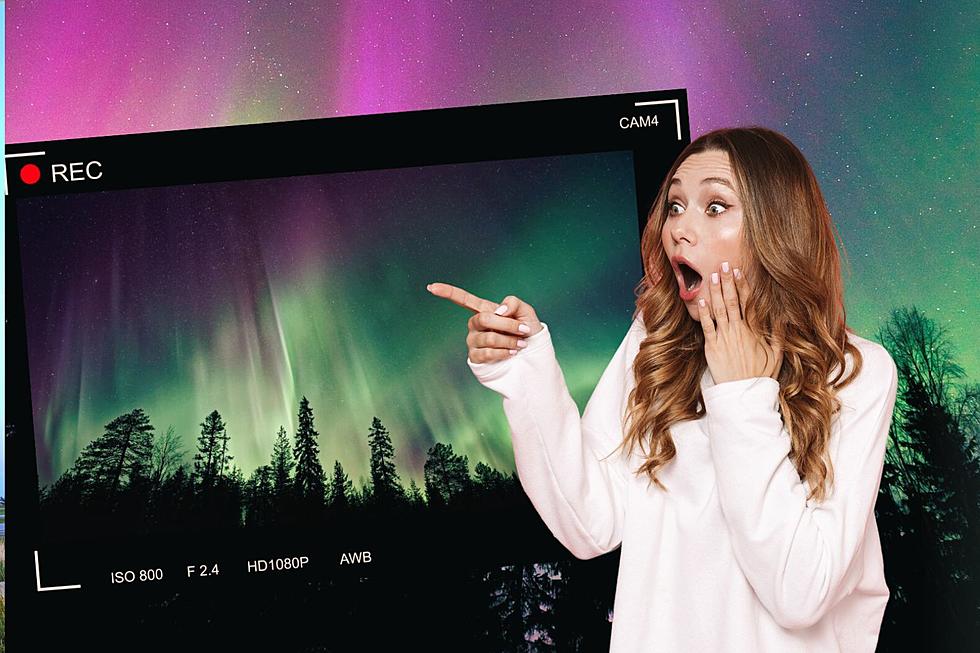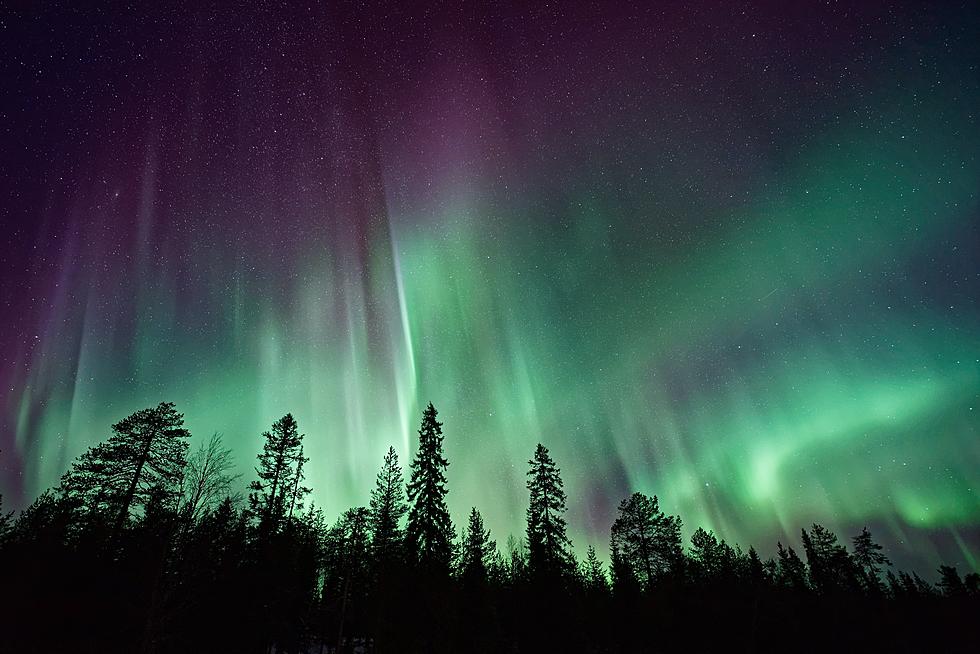
Celebrate The Bold North By Seeing The Northern Lights In Minnesota!
NOAA's satellites on Monday detected two large eruptions on the sun's surface that ejected huge clouds of charged particles out into space. These are called coronal mass ejections or CME's. These did not occur at the same time but the second CME is traveling faster than the first. The result is the two clouds will merge into one giant cloud of charge particles just before coming into earth's path. When those charged particles hit the earth's magnetosphere the collision creates the northern lights or aurora.
Because this is such a large cloud of charged particles we may be able to see the aurora even in southern Minnesota tonight. However, our local forecast is predicting cloudy skies tonight with clearing Thursday late morning. Maybe the aurora would still be visible Thursday night? If we do miss the opportunity we will likely have many more chances in the next few years.
The sun goes through a natural 11 year cycle from low to high eruption activity. We are transitioning from the period of low to high activity with the peak in 2025. Solar or sunspots and eruptions have also been tied to our weather patterns. I have read some meteorologists have linked the frequency of solar eruptions to weather patterns like droughts and floods.
Thank you to AccuWeather for the information on eruptions. AccuWeather is one of the weather forecasts I receive each day and I saw this information on a pop up. I guess there are some pop ups on our computers that are useful!
11 of the Most Devastating Weather Disasters in Minnesota Throughout The Years
More From 106.9 KROC-FM





